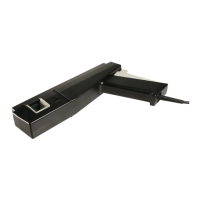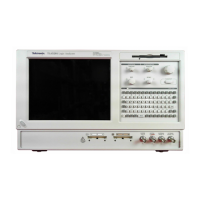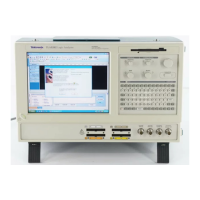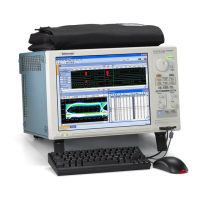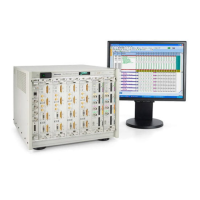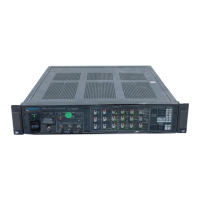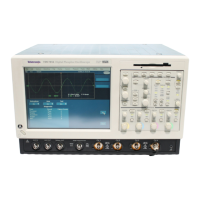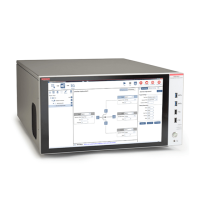Theory of operation
The P7700 Serie
s a ctive probe tip has two inputs, A_IN and B_IN, which can,
depending on the tip design, support TriMode measurements. With a TriMode tip,
such as a TekFlex solder-in tip, it is possible to make differential, single-ended
A, single-ended B, and common-mode measurements, all from a single soldered
differential signal connection to a DUT. The soldered wire connections between
the two probe tip input signal vias and DUT differential signal nodes should be
kept as shor
t as possible (as should the ground via connections if single-ended
measurements will be made). The A and B input signals on the probe tip pass to a
matched pair of damping resistors, Rd, that isolate the probe connection to the
DUT. The damping resistor value of approximately 100 Ω also serves to tune the
probe tip high frequency response. Following each input damping resistor is a pair
of attenuation resistors, Rs and Rp. The attenuation resistor values depend on the
specificp
robe tip attenuation factor design. There are currently two attenuation
factors available as shown in the following table with approximate attenuation
resistor values. The probe tip attenuation factor in the table includes a n additional
2X factor due to attenuation from the 50 Ω tip buffer output impedance and the
50 Ω probe amplifier termination impedance.
Table 1: Probe tip attenuation factors
Attenuation
factor Rs Rp
Dynamic
range
Offset voltage
range
4x
25 kΩ 25 kΩ
2.5 V
pp
±4.0 V
10x
60 kΩ 15 kΩ
6.0 V
pp
±10.0 V
The input attenuation resistors serve three major functions for the dual input
tip buffer:
The high resistance of the attenuation resistors provides very light loading
on the probe input signals.
The probe tip attenuation factor expands the linear dynamic range of the
probe tip inputs.
The probe tip attenuation network provides a resistive summing junction for
injecting an offset voltage signal to extend the probe tip operating voltage
window.
The P7700 Series active tips contain a pair of unity gain amplifiers that buffer the
DUT differential input signal. These buffer amplifiers provide an impedance
conversion for the input signals from the high impedance input attenuator at the
tip input to the 50 Ω output drive at the tip output. The buffer amplifier 50 Ω
output impedance is needed to drive the probe TekFlex connector and meter-long
main cable transmission lines with good high frequency fidelity. The new TekFlex
interface to which the P7700 Series probe tips are attached includes both a dual
high frequency connection for the probe tip signals as well as a low frequency
connection for eight messenger wires that provide power and c ontrol for the
active probe tips.
6 P7700 Series TriMode Probes Technical Reference
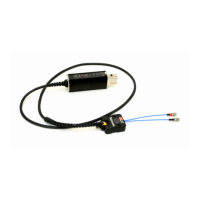
